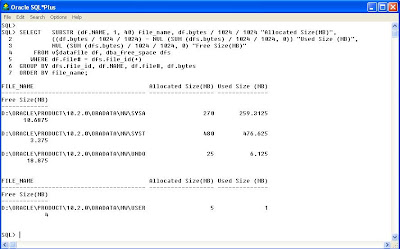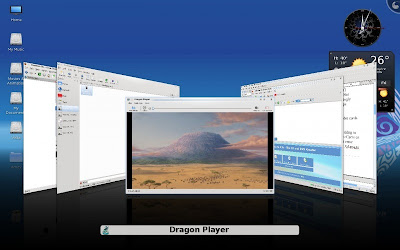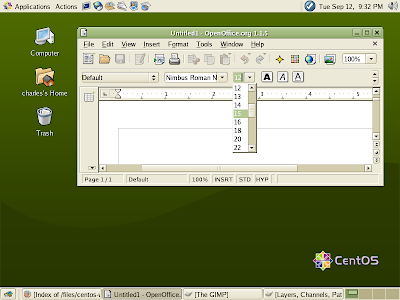System Monitor SUSE Linux Enterprise Server 11

System Monitor can display System Load information and Process Tables information. You can also use System Monitor to monitor and modify system behavior. System Load shows the information on:- · CUP Load Percentage · Load Average Time · Physical Memory Usage · Swap Memory Usage Process Tables of System Monitor can show Processes information that is loaded in the system by its Name, User Name, CUP%, Memory Usage, Shared Memory and window title. You can also kill a process using System Monitor. Processes information can be shown as:-...











